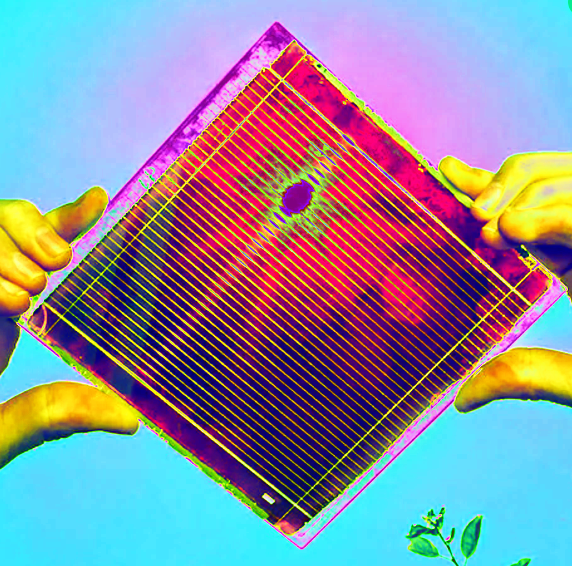Harsh light fixes solar issue
 Australian engineers have cleared the latest hurdle for the future of solar cells.
Australian engineers have cleared the latest hurdle for the future of solar cells.
Next-gen perovskite solar cells promise a cheap and flexible pathway for efficient solar photovoltaics, as well as light emissive devices and fast x-ray detectors.
However, since gaining prominence over the last decade, perovskite materials have presented scientists and engineers with several problems precluding their widespread use in commercial applications.
Among these is ‘light-induced phase segregation’, in which illumination, such as sunlight, disrupts the carefully arranged composition of elements within mixed-halide perovskites.
This in turn leads to instability in the material’s bandgap, interfering with the wavelengths of light absorbed, while reducing charge-carrier conduction and the efficiency of devices.
Now, though, an unlikely solution has been identified.
Researchers at the ARC Centre of Excellence in Exciton Science have shown that high-intensity light will undo the disruption caused by light at lower intensities, and that this approach can be used to actively control the material’s bandgap.
Dr Chris Hall first noticed the potential to explore this avenue of investigation during a separate experiment.
“It was one of those unusual discoveries that you sometimes hear about in science,” Dr Hall says.
“We were performing a measurement, looking for something else, and then we came across this process that at the time seemed quite strange. However, we quickly realised it was an important observation.”
Dr Stefano Bernardi led the computational modelling work to better understand their surprising solution to the issue.
“What we found is that as you increase the excitation intensity, the local strains in the ionic lattice, which were the original cause of segregation, start to merge together. When this happens, the local deformations that drove segregation disappear,” Dr Bernardi says.
“On a normal sunny day, the intensity is so low that these deformations are still localised. But if you find a way to increase the excitation above a certain threshold, for example by using a solar concentrator, then segregation disappears.”
The implications of the findings are significant, with researchers now able to retain the optimal composition of elements within mixed-halide perovskites when they are exposed to light, necessary for its use in solar cells.
“A lot of people have approached this problem by investigating ways of suppressing light-induced disorder, such as looking at different compositions of the material or changing the dimensions of the material,” Dr Hall said.
“What we’ve shown is that you can actually use the material in the state that you want to use it, for a solar cell - all you need to do is focus more light onto it.”







 Print
Print